Open the secret garden
When he first set foot in the Forbidden City in Beijing in the late 1980s, Singaporean architect Ho Puay Peng was stunned.
He is now the UNESCO President in charge of the conservation and management of Asian architectural heritage. Many courtyards here were turned into warehouses, littered with rubbish. He used only one word to describe the scene: "horrible".
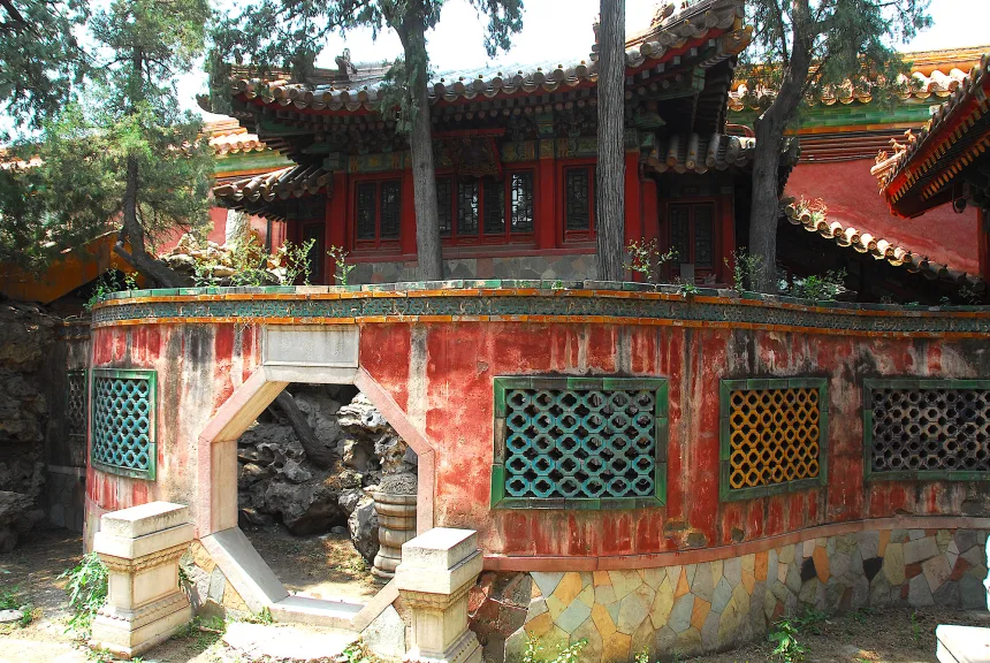
Qianlong Garden is one of the most beautiful destinations in the Forbidden City (Photo: Ho Puay Peng).
At that time, most of the palace in the heart of Beijing was still closed to the public. Many areas of the Forbidden City were seriously degraded, even burned down because the entire structure was made of wood.
The Forbidden City was built in the 15th century during the Ming Dynasty as a place for the Emperor and his family to rest and work. Later, the Qing Dynasty emperors continued to inherit and restore many items in this complex.
The Palace Museum was established here in 1925, after the last Qing emperor, Pu Yi, was forced to leave the palace. However, large-scale restoration work only really began many years later.
Since Mr. Ho’s first visit, all staff have been evacuated from the Forbidden City, returning the original space to the Palace Museum. Today, this place is one of the most visited tourist attractions in China.
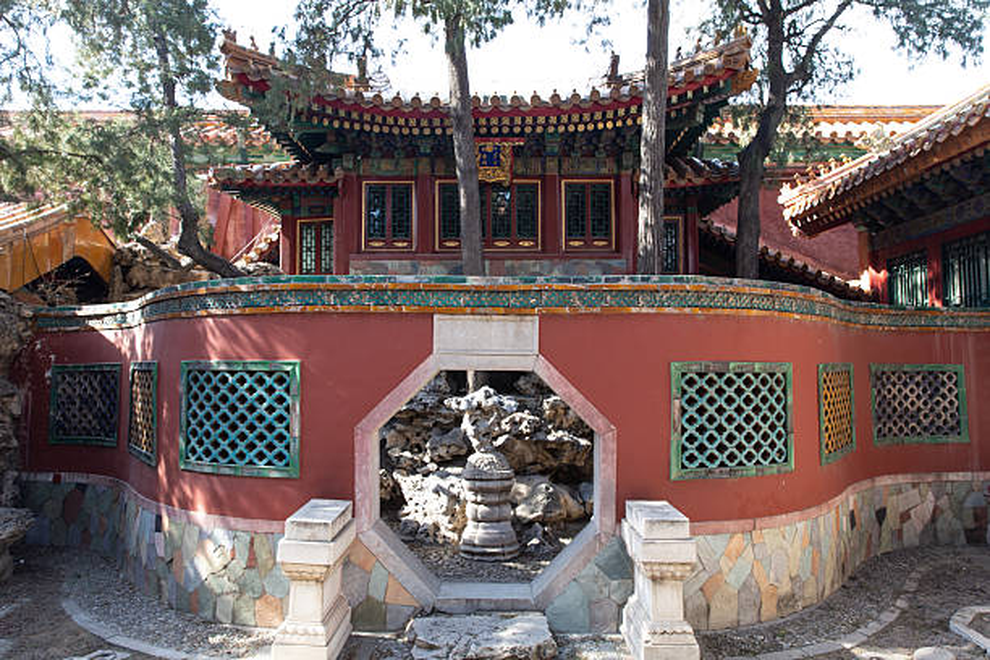
"Now the museum owns the entire campus and is gradually restoring it and opening it to the public. I think it's a great effort," Mr. Ho said.
To mark the 100th anniversary of the Palace Museum in October, a small area in the northeast corner of the grounds became the center of attention when it officially opened to the public. The museum described it as “the most elaborate and beautifully decorated garden” in the entire Forbidden City. The garden bears the name of Emperor Qianlong.
Beauty reborn after nearly a century
The Qianlong Garden was closed for nearly 100 years. The restoration took 25 years, thanks to a partnership between the Palace Museum and the World Monuments Fund.
On the last day of China’s National Day holiday, in the drizzling rain, long lines of tourists lined up inside the Qianlong Garden. This place quickly became a “social media phenomenon” in the country of a billion people.
The garden, named after the Qing emperor, is located next to another famous attraction of the Forbidden City. The small and discreet entrance reflects Qianlong's intention to make this place a private retreat.
With an area of only about 6,000 square meters, the garden has a style that is completely opposite to the grandeur and majesty of the rest of the Forbidden City - which was originally designed to show off royal power.
Instead, Emperor Qianlong took inspiration from private gardens in southern China. He asked his craftsmen to carefully arrange the space and divide the area into four interconnected courtyards, only two of which are currently open to visitors.
Each yard has a different layout. Some yards have many buildings, while others are open and airy.
“The architecture cleverly divides the narrow space to create many different perspectives. When viewing the scenery from below, or from the inner floors, or even from the artificial mountains, you will see each perspective as a separate scene,” Mr. Ho explained.
After the Qianlong Garden, the museum representative said, the Hall of Mind Nurturing (one of the Qing Dynasty Emperors' workplaces) is expected to open this year. The project began to be restored in 2018.
Source: https://dantri.com.vn/du-lich/hon-100-nam-dong-cua-khu-vuon-bi-mat-o-tu-cam-thanh-lan-dau-don-khach-20251107165047556.htm




![[Photo] Da Nang: Hundreds of people join hands to clean up a vital tourist route after storm No. 13](https://vphoto.vietnam.vn/thumb/1200x675/vietnam/resource/IMAGE/2025/11/07/1762491638903_image-3-1353-jpg.webp)










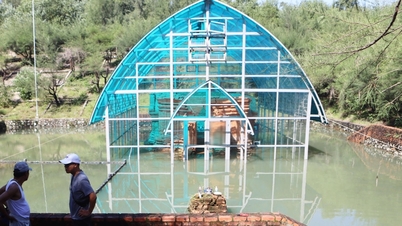






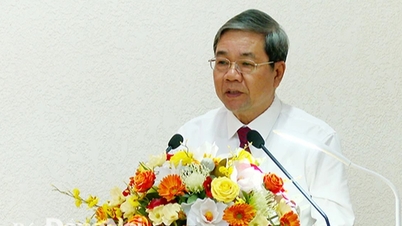

















































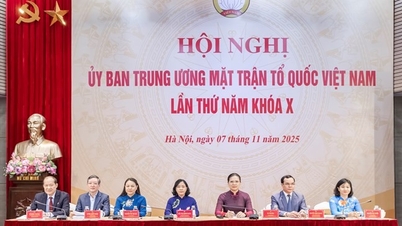
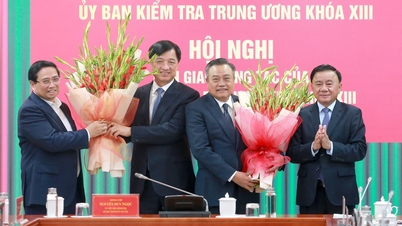








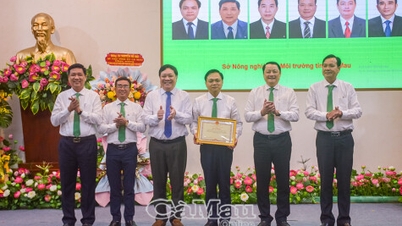














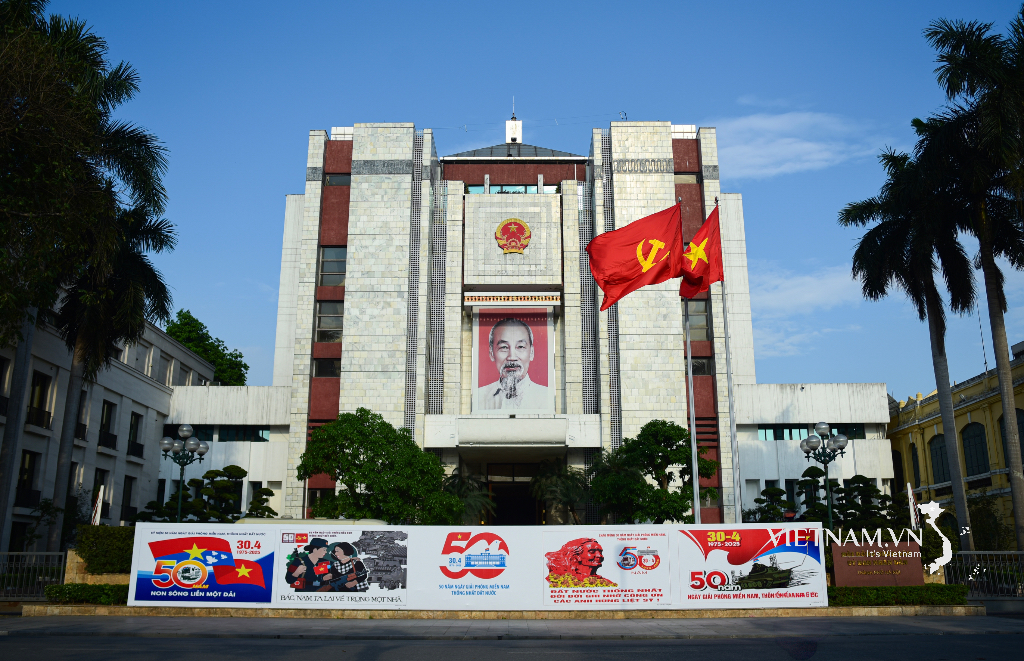



Comment (0)